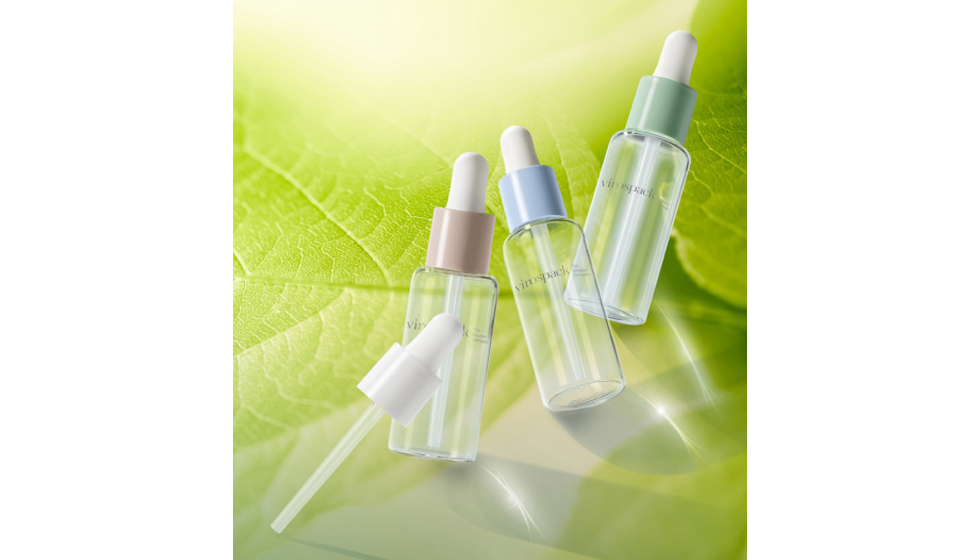Ecovidrio and Stanpa present more than 50 measures to advance the sustainability of perfume and cosmetic packaging
2023-02-03
Ecovidrio, the entity in charge of the recycling of glass containers in Spain and the National Association of Perfumery and Cosmetics (STANPA), have presented an ecodesign guide aimed at the Spanish perfumery and cosmetics industry, formed by more than 400 entities. The document, based on the study of the latest trends, technical reference reports and international sources, aims to make available to companies a selection of the best practices in terms of eco-design, as well as the detail of the measures and technical knowledge to reduce the environmental impact throughout the life cycle of the packaging.

The guide incorporates some recommendations such as reducing the weight of the lids to consume less raw materials, selecting single-material dispensers, simplifying the printing design of the boxes to reduce the use of inks and promote recyclability, eliminating or reducing some elements such as cases or brochures or reducing the use of plastic film in tertiary packaging, among others. The 55 measures adapted to the characteristics and singularities of the sector are framed in seven main lines of work that contemplate the elimination of elements, the reduction of unit weight, optimization of formats, promotion of reuse, improvement of recyclability, reduction of the environmental footprint and accompanying measures.
The document includes an analysis of the different elements of primary packaging such as containers, closures and labels, as well as those of secondary and tertiary packaging. And it also offers protocols and tools aimed at facilitating the implementation of eco-design in the daily activity of companies, recommendations to reduce their environmental impact and maximize the recycling of all elements that make up the packaging.
The packaging design stage plays a key role in its life cycle and subsequent sustainability. As the Ellen MacArthur Foundation indicates, depending on the type of packaging, up to 80% of its impact can be determined at that time. In this sense, the ecodesign guide offers various environmental impact analyses both in the production and recycling phases.
The presentation carried out by Ecovidrio and Stanpa in a virtual session was attended by Lucía Jiménez, responsible for Sustainability and Standardization of Stanpa; Laura García, technical director of Operations of Ecovidrio; Toni Conejero, Product engineer of RNB; and Ana Lasierra, packaging manager of Bella Aurora Labs.
Eco-design, a priority in the sector
The new regulatory framework established by the Royal Decree on Packaging and Packaging Waste and the firm commitment of the sector to increase sustainability throughout its value chain, has placed ecodesign as a priority in the transition to a more sustainable and circular production model.
The regulation establishes new rules regarding the design of packaging that is put on the market and highlights the implementation of eco-modulation criteria.
This guide aims to be a very useful document to achieve the European goal that by 2030 all packaging put on the market is 100% recyclable.
Glass, a material with infinite lives
Glass of 100% natural and circular origin, together with its properties so as not to interfere with the contents of the container or modify its properties over time, has become one of the most widely used materials by the cosmetic and perfumery sector. According to the latest Stanpa data, the industry used more than 200 million units of glass containers.
Glass recycling has become a key element in the fight against climate change and the decarbonization of our economy and essential in the transition to a more circular development model.




